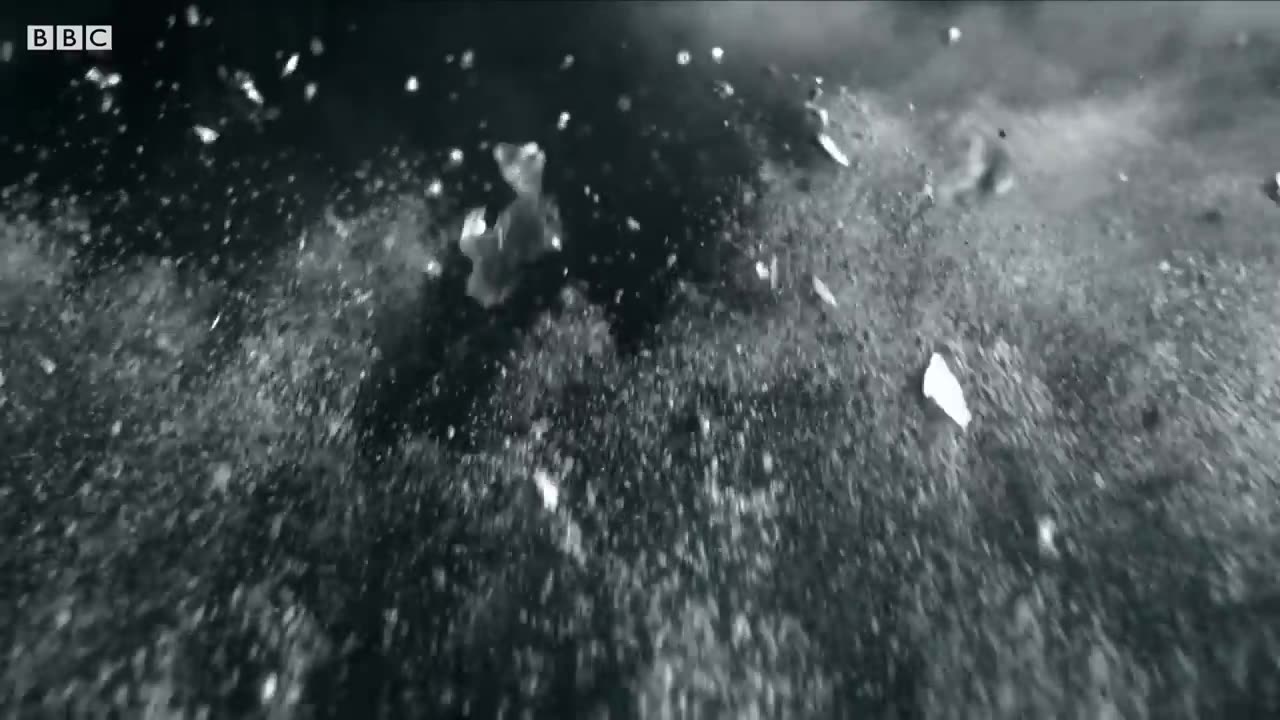Premium Only Content

HOW SATURN GOT IT RINGS
SATURN RINGS FORMATION DESCRIPTION
The formation of Saturn's iconic ring system is a complex and fascinating process that scientists have been studying for many years. While there is still ongoing research to fully understand all the details, here is a description of the current understanding of how Saturn's rings likely formed:
Origin of Ring Material:
Saturn's rings are composed of countless individual particles, ranging in size from tiny grains of dust to larger chunks of ice and rock. The exact origin of these ring particles is still a topic of research, but there are several leading theories:
The Capture Theory: One widely accepted theory suggests that Saturn's rings are made up of material that may have been captured from passing asteroids, comets, or moons. As these objects ventured too close to Saturn, the planet's gravity gradually pulled them apart, creating the ring system we see today.
Moon Destruction: Another theory proposes that some of Saturn's smaller moons may have collided or been disrupted by tidal forces from Saturn's immense gravity. These moon fragments then formed the rings.
Primordial Material: There is also evidence to suggest that some of Saturn's ring material may be primordial, dating back to the early solar system's formation. These particles might have been left over from the formation of Saturn itself.
Formation Mechanisms:
The exact mechanisms that led to the formation of Saturn's rings depend on the specific origin of the ring material. Here are some possibilities:
For captured material, as objects approached Saturn, tidal forces would have gradually stretched and torn them apart. The resulting debris would be distributed into the ring plane due to Saturn's gravitational forces.
In cases where moon destruction was involved, the impact or tidal forces would have shattered the moon into countless pieces. These pieces would then spread out to form a ring around Saturn.
Stabilization and Evolution:
Once the ring material was in place, Saturn's gravity and the interactions among the particles played a crucial role in shaping and maintaining the rings. Gravitational interactions between particles and small moonlets help keep the rings stable and prevent them from collapsing into Saturn or spreading out too far. These interactions also lead to the formation of ring gaps and divisions.
Ongoing Evolution:
Saturn's ring system is not static. It continues to evolve over time due to various factors, including collisions between ring particles, gravitational perturbations from nearby moons, and even interactions with the solar wind. Scientists continue to study these processes to gain a better understanding of the ring system's long-term evolution.
Saturn's ring system is one of the most stunning and unique features in the solar system, and its formation remains an area of active research and discovery in planetary science
-
 LIVE
LIVE
Dr. Eric Berg
4 days agoThe Dr. Berg Show LIVE October 10, 2025
136 watching -
 59:17
59:17
VINCE
2 hours agoBig Tish Gets A Taste Of Her Own Medicine | Episode 144 - 10/10/25
50.5K60 -
 LIVE
LIVE
LFA TV
12 hours agoLIVE & BREAKING NEWS! | FRIDAY 10/10/25
3,436 watching -
 LIVE
LIVE
Right Side Broadcasting Network
2 hours agoLIVE: First Lady Melania Trump Makes an Announcement - 10/10/25
3,980 watching -
 LIVE
LIVE
Caleb Hammer
2 hours agoHe's So F*cked (I brought in his mom) | Financial Audit
85 watching -
 LIVE
LIVE
The Big Mig™
3 hours agoLetitia James Indicted FINALLY! More Indictments Coming
5,553 watching -
 LIVE
LIVE
Bannons War Room
7 months agoWarRoom Live
12,799 watching -
 1:01:19
1:01:19
Benny Johnson
1 hour ago🚨TRUMP CURSE: Letitia James INDICTED For CRIMINAL Bank Fraud, Headed to PRISON?! | 'DC in PANIC'
8.45K11 -
 1:07:15
1:07:15
Dear America
3 hours ago30 Days Since Charlie’s Martyrdom — Where Is America Headed? | Exclusive with SecWar Pete Hegseth!
83.8K48 -
 LIVE
LIVE
Badlands Media
11 hours agoBadlands Daily: October 10, 2025
3,441 watching